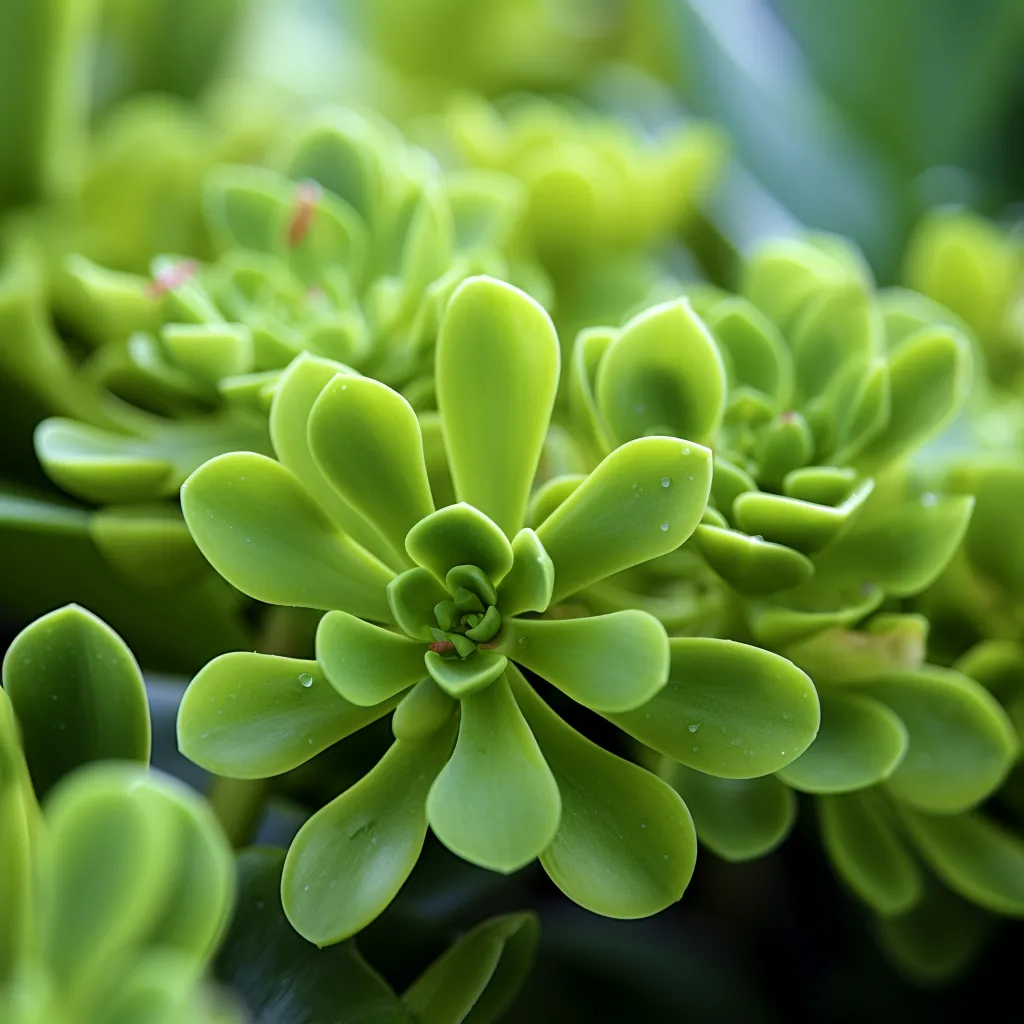Story of Day :
Contents
The Hilarious and Helpful Guide to Euphorbia Myrsinites: The Broad-Leaved Glaucous Spurge
Introduction
Welcome, fellow garden enthusiasts! Today, we are going to embark on a journey filled with laughter and greenery as we explore the world of Euphorbia myrsinites, also known as the broad-leaved glaucous spurge.
Don’t be fooled by its fancy name; this plant may have a serious demeanor, but it’s ready to bring some joy into your garden.
So buckle up and let’s dive into some helpful care tips!
What Is Euphorbia Myrsinites?
Euphorbia myrsinites is a perennial succulent that hails from the Mediterranean region.
This unique plant is characterized by its striking blue-gray leaves that form rosettes at the end of its branches.
It can grow up to 6-8 inches in height and spread up to 12-18 inches wide, making it an excellent choice for rock gardens or as ground cover.
A Word of Caution:
Now, before you get too excited about this glorious succulent, I must warn you – euphorbias contain a milky sap that can cause skin irritation or even be toxic if ingested.
So make sure you wear gloves when handling them and keep curious pets or children away from this little beauty.
Lighting Requirements
If there’s one thing these spurgies love more than anything else (besides their own reflection), it’s sunlight! To keep your euphorbia myrsinites happy and thriving, place them in an area where they can bask in full sun for at least six hours a day.
They will thank you with their stunning blue-gray foliage that’s sure to steal the show.

Soil and Watering
While euphorbia myrsinites may enjoy sunbathing, they’re not big fans of soggy bottoms.
So make sure to provide them with well-draining soil that won’t leave their roots swimming in water.
Sandy or rocky soil works best for these little divas.
In terms of watering, be mindful not to overdo it.
These succulents have excellent drought tolerance and prefer their soil on the drier side.
Water them sparingly, allowing the soil to dry out between waterings.
You don’t want your glaucous spurge drowning in attention!
Pro Tip:
If you’re unsure whether it’s time to water your euphorbia myrsinites, stick your finger about an inch into the soil – if it feels dry, then it’s time for a drink! But if it still feels moist, hold off on watering for a few more days.
Fertilizing
Euphorbia myrsinites are pretty low-maintenance when it comes to feeding.
In fact, they can survive without any fertilizer at all! However, if you want to give them a little extra love and encourage more vigorous growth (who doesn’t want that?), you can apply a balanced liquid fertilizer once or twice during the growing season.

Pruning and Propagation
Ain’t nobody got time for overgrown plants! To keep your glaucous spurge looking tidy and prevent any unruly behavior (we don’t need another plant rebellion), regular pruning is essential.
- Cut back: In late winter or early spring before new growth appears, trim back any dead or damaged stems to make room for fresh growth.
- Shear it: If your euphorbia myrsinites starts looking a bit too leggy or messy, give it a good shearing in early summer to promote bushier and more compact growth.
Plus, you’ll have some clippings for propagating (more on that in a moment).
Speaking of propagation, euphorbia myrsinites can be easily multiplied through stem cuttings.
Simply take a cutting from the main stem or one of the lateral branches and let it dry out for a day or two.
Then, plant the cutting in well-draining soil and keep it lightly moist until new roots develop.
Pests and Diseases
Despite being tough cookies, euphorbia myrsinites are not immune to pests and diseases.
Keep an eye out for mealybugs, aphids, or spider mites that might decide to crash their party.
Treat any intruders with insecticidal soap or neem oil spray as soon as you spot them.

In terms of diseases, root rot can be an issue if the soil is too wet.
Remember: these plants like their feet dry! Avoid overwatering and provide proper drainage to keep those roots healthy.
The Grand Finale: Summary
Congratulations! You have made it through this hilarious yet informative guide on caring for Euphorbia myrsinites – truly one of nature’s most entertaining plants!
- Sunshine: Give your glaucous spurge plenty of sunlight – they crave attention!
- Dry Feet: Provide well-draining soil and water sparingly.
Too much water will make them throw a tantrum.
- Pampering Optional: While not necessary, a little fertilizer can go a long way in making your broad-leaved spurge the talk of the town.
- Pruning and Propagation: Don’t be afraid to give your euphorbia myrsinites a trim and propagate them for more green goodness in your garden.
- Beware of Unwanted Guests: Keep an eye out for pests and diseases that might try to crash this plant’s fabulous party.
Show them who’s boss!
Now that you have all the tools you need, go forth, fellow gardeners, and let Euphorbia myrsinites grace your garden with its beauty.
Remember to keep it funny, keep it green, and let laughter grow alongside these striking succulents! Happy gardening!</p